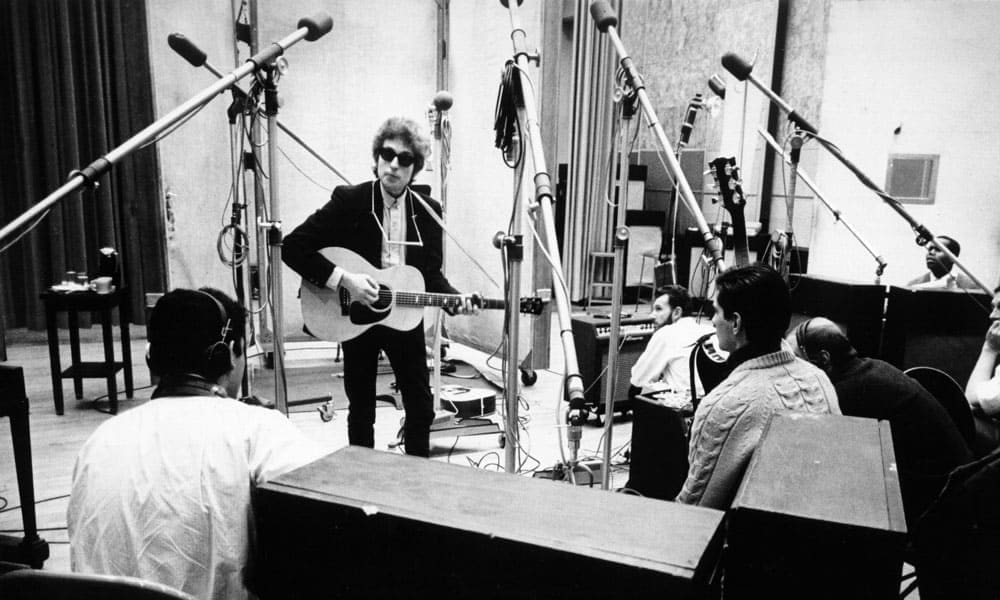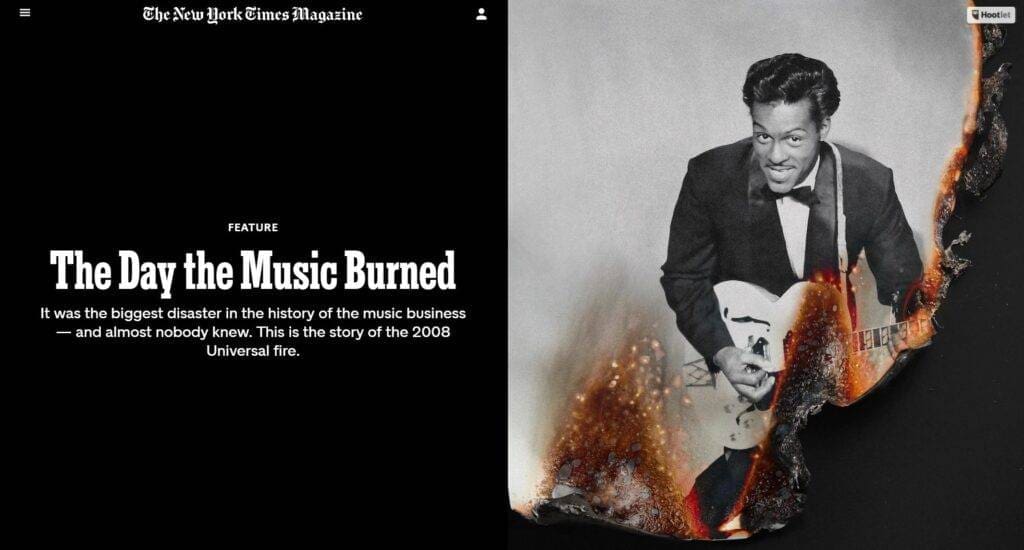Unveiling Johnny Cash’s Acoustic Mastery: Exploring His ‘Boom-Chick’ Style and String-Muting Technique


Johnny Cash, the legendary ‘Man In Black,’ remains an icon of country music whose influence transcends generations. While his songwriting prowess rightfully garners acclaim, his distinctive acoustic guitar style, characterized by the signature ‘boom-chick’ rhythm and the ingenious ‘train on the tracks’ string-muting trick, deserves equal attention.
Born in Arkansas during the 1930s, Cash’s early life immersed him in the tradition of work songs, laying the foundation for his musical journey. Gifted with a guitar at a young age, he honed his skills and began crafting songs that would resonate with audiences worldwide.
Teaming up with the ‘Tennessee Two’ in the early 1950s, comprising guitarist Luther Perkins and bassist Marshall Grant, Cash forged a sound that blended Perkins’ rockabilly lead with his own stripped-back, rhythm-driven approach. Their collaboration birthed timeless classics like “Folsom Prison Blues,” “I Walk The Line,” and “Ring Of Fire,” where Cash’s rhythmic guitar provided a sturdy backbone for Perkins’ embellishments.
At first glance, Cash’s rhythm playing may appear deceptively simple, with basic strumming patterns and open chords. However, delving deeper reveals the intricacies of his style, from the precision of alternating basslines to the demand for relaxed yet controlled strumming dynamics. Maintaining consistency and stamina are essential, as any deviation can disrupt the rhythmic flow.
The essence of Cash’s rhythmic prowess lies in his ability to fuse percussive elements seamlessly into his playing, akin to being an extension of the drum kit. This approach not only enhances the rhythmic drive but also exposes any timing nuances, making it an efficient practice tool.
Understanding the nuances of Cash’s acoustic tone is paramount to capturing the essence of his sound. While he favored Martin dreadnoughts like the D-28 and D-35, other acoustic guitars can achieve similar results. The key lies in striking a balance between warmth and clarity, reminiscent of Cash’s iconic sound.
Analyzing Cash’s signature ‘boom-chick’ style reveals a meticulous interplay between strumming and bass notes, creating a rhythmic pulse that propels the music forward. Transitioning between basslines adds depth and variation, with Cash often alternating between root/5th and root/3rd patterns to enhance chord voicings.
A notable aspect of Cash’s technique is his use of string muting to emulate percussive sounds, reminiscent of a snare drum or a train chugging along its tracks. Whether by releasing finger pressure or using a finger to mute the strings, Cash achieved a distinctive percussive effect that elevated his rhythmic playing.
Breaking down Cash’s acoustic mastery into practical application, a suggested chord sequence and strumming pattern facilitate an understanding of his approach. Emphasizing the importance of consistency and control, this exercise allows players to delve into the nuances of Cash’s rhythmic technique.
In terms of equipment, Cash’s preference for American classics like Martin dreadnoughts underscores the importance of selecting an instrument that complements the desired tone. While specific amp settings can vary, a balance of gain, bass, middle, and treble, along with a touch of reverb, helps achieve Cash’s warm yet resonant sound.
Ultimately, delving into Johnny Cash’s acoustic style unveils a world of rhythmic intricacies and sonic subtleties. Beyond his immortalized songwriting, Cash’s rhythmic genius and string-muting techniques serve as a testament to his enduring legacy in the realm of country music and beyond.






Responses